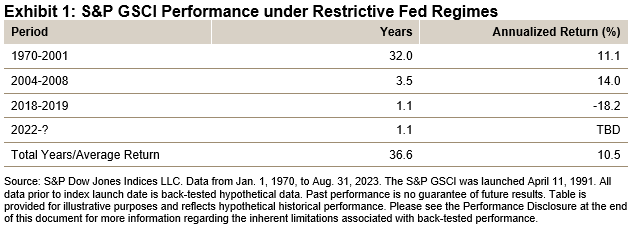How is intraday volatility rebalancing helping new multi-asset indices rapidly respond to changing markets? Look inside the S&P 500 Duo Swift Index, a diverse, multi-asset, risk-controlled index that is dynamic by design.
The posts on this blog are opinions, not advice. Please read our Disclaimers.



























































